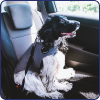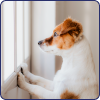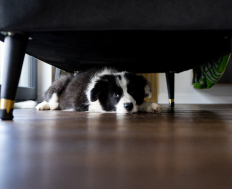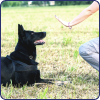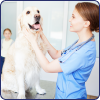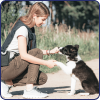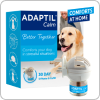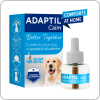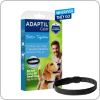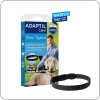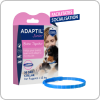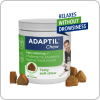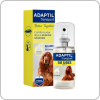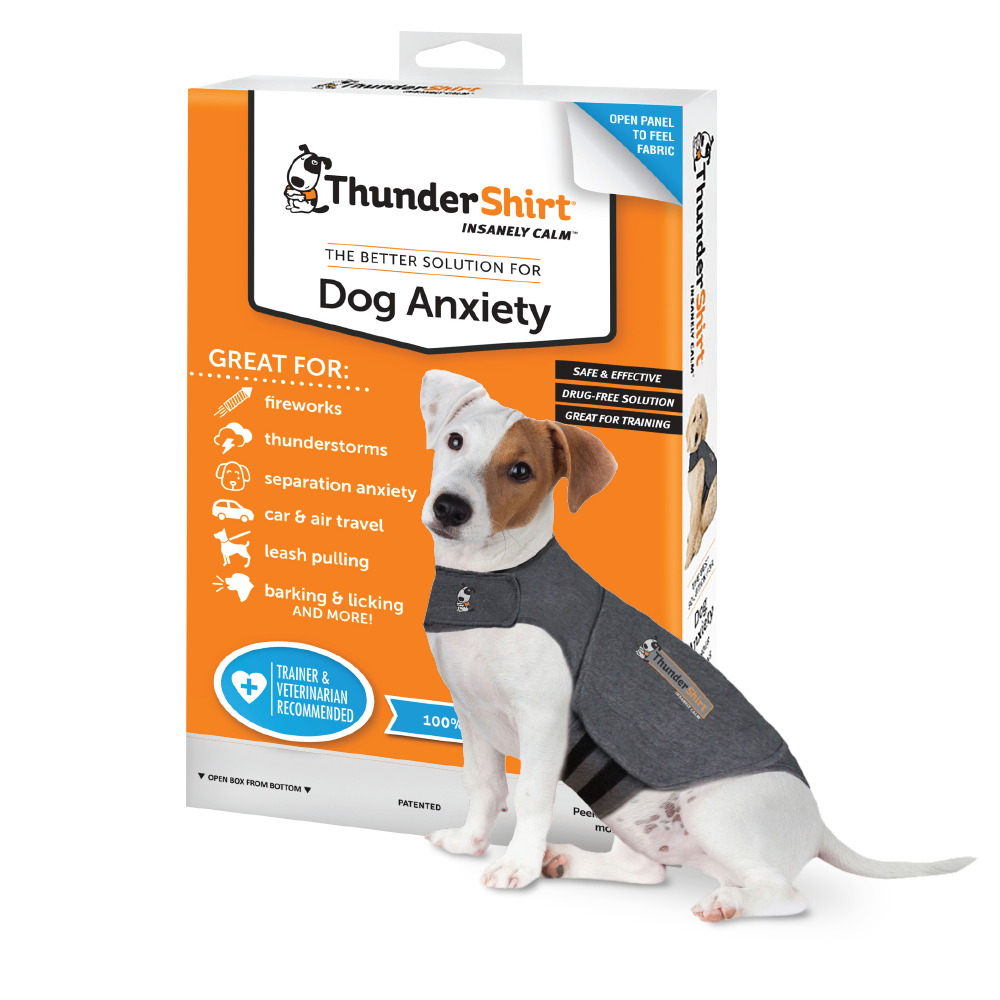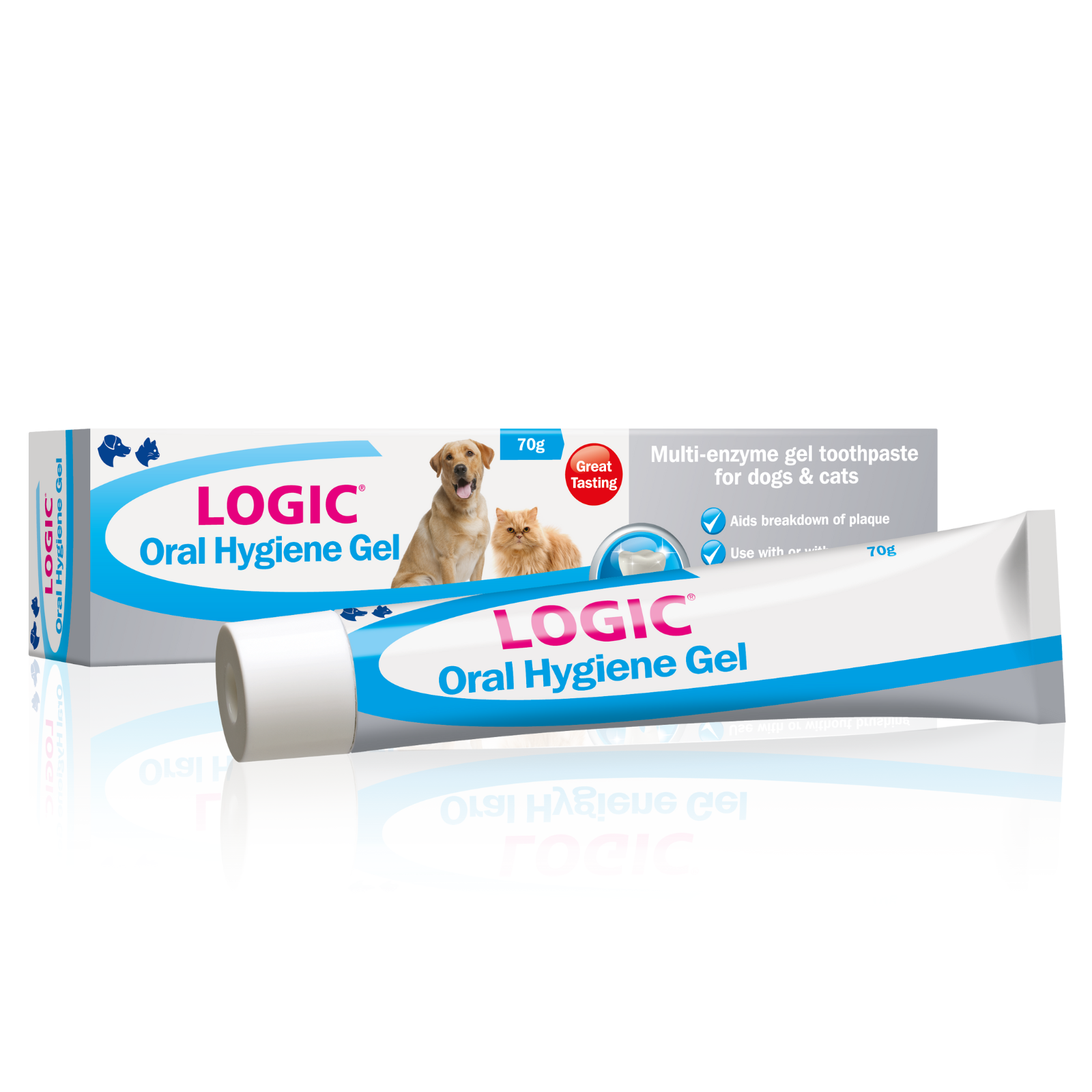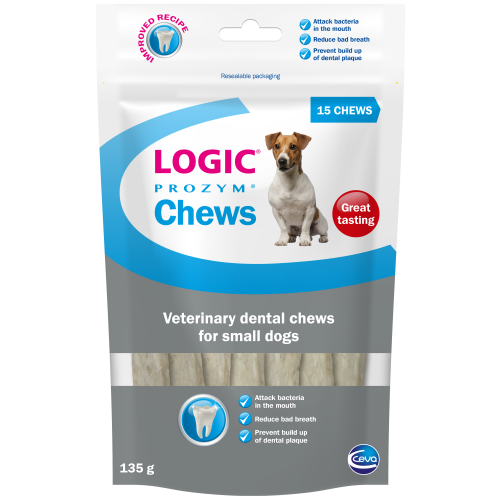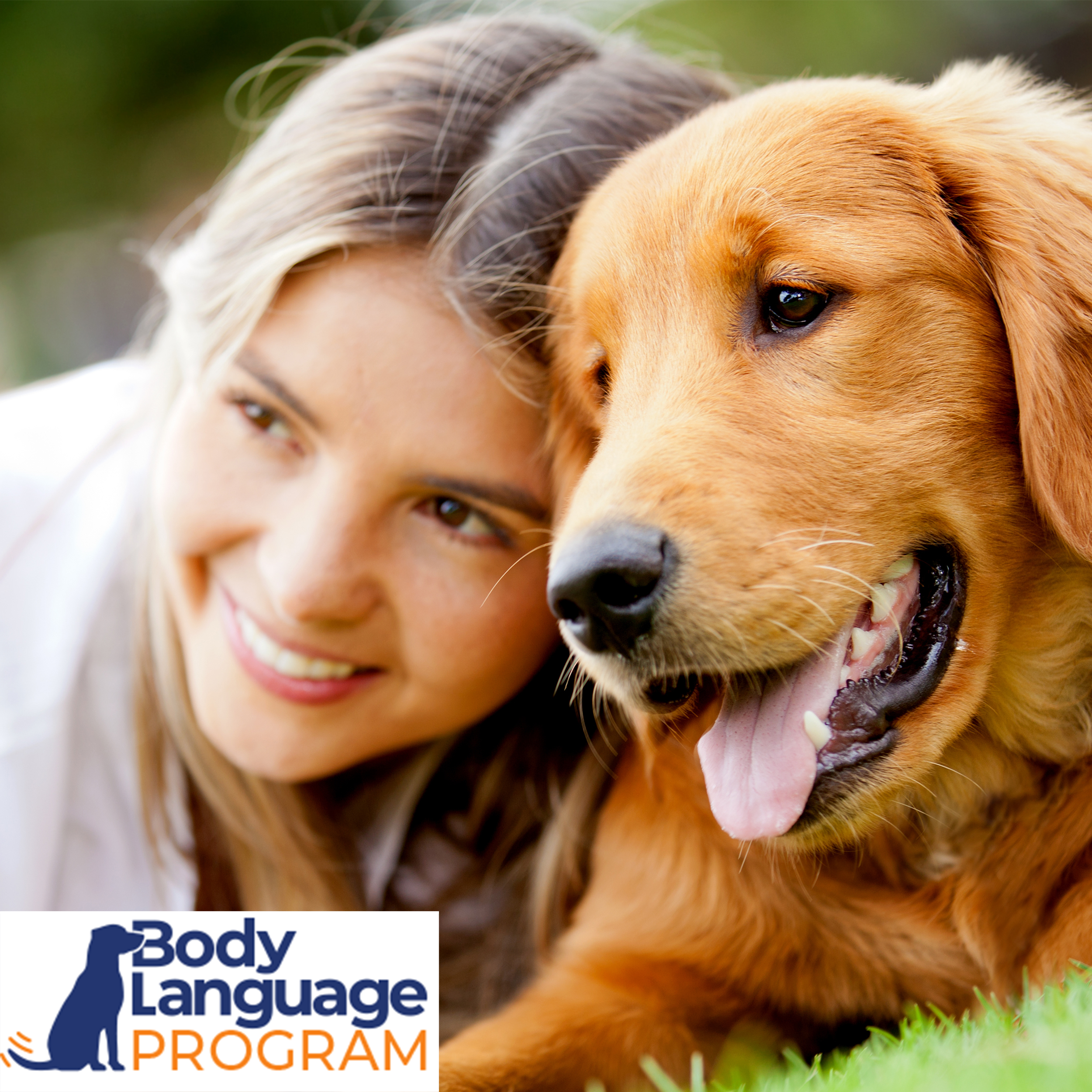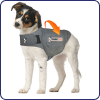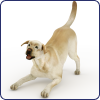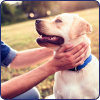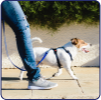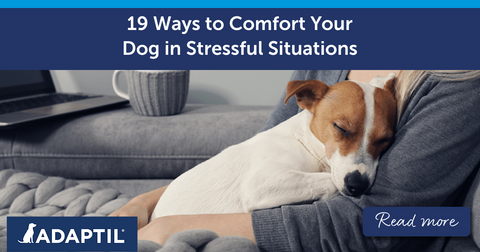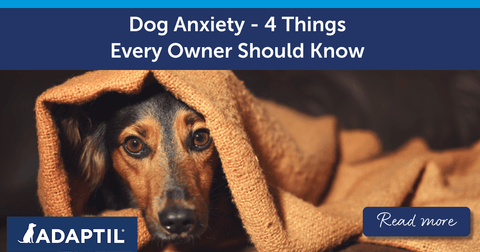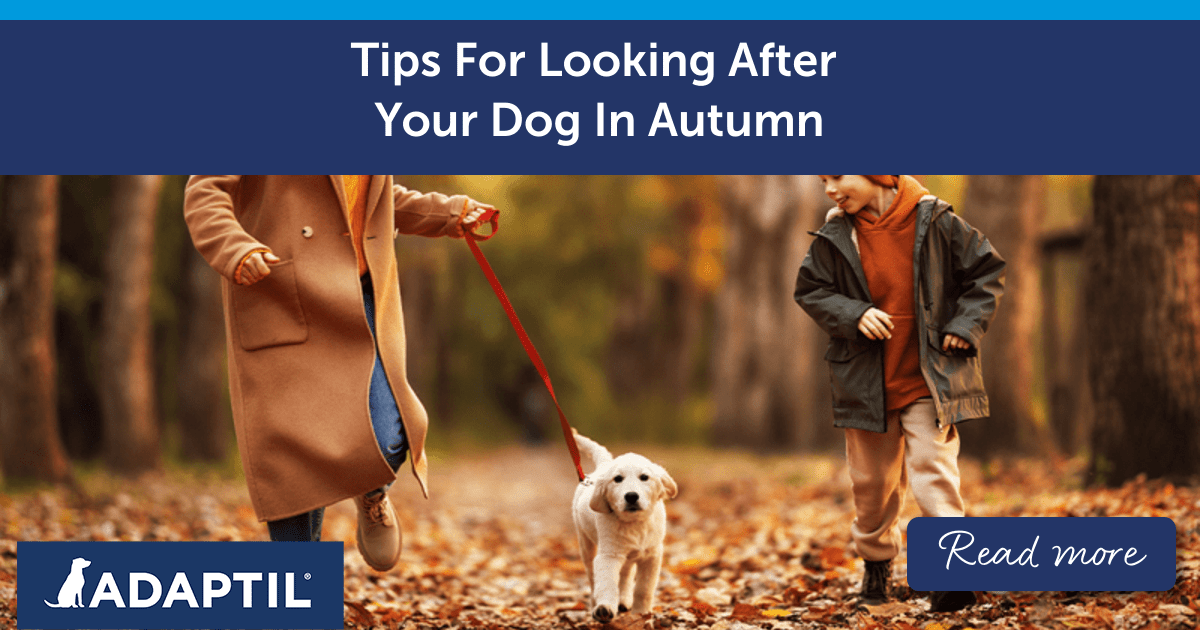
Tips For Looking After Your Dog In Autumn
Autumn can be a beautiful season with its vibrant hues and cooler air, but it also brings some unique challenges to dog owners. From irregular exercise to hazardous plants, there are a couple of important considerations to ensure your furry friend stays safe and happy. Our experts are sharing their advice for looking after your dog in autumn, as well as a few points to be aware of!
Walking Your Dog In Autumn
As the weather cools down, it can be more and more tempting to remain inside. However, it’s crucial to continue providing your pooch with regular exercise! Even on a wet day, exercise is a must for a dog’s physical and mental stimulation. Physical activity will help in maintaining a healthy weight as well as stimulating their mind and reducing behavioural issues that could arise from boredom.
If you’re particularly concerned about walking your dog in wet or cold weather, you could consider other forms of exercise instead. This could be anything from taking your dog to an indoor playpark or attending training sessions to stimulate their mind. Alternatively, your dog may appreciate a waterproof coat to keep them cosy while outside – especially if they’re a little older or have a thinner natural coat.
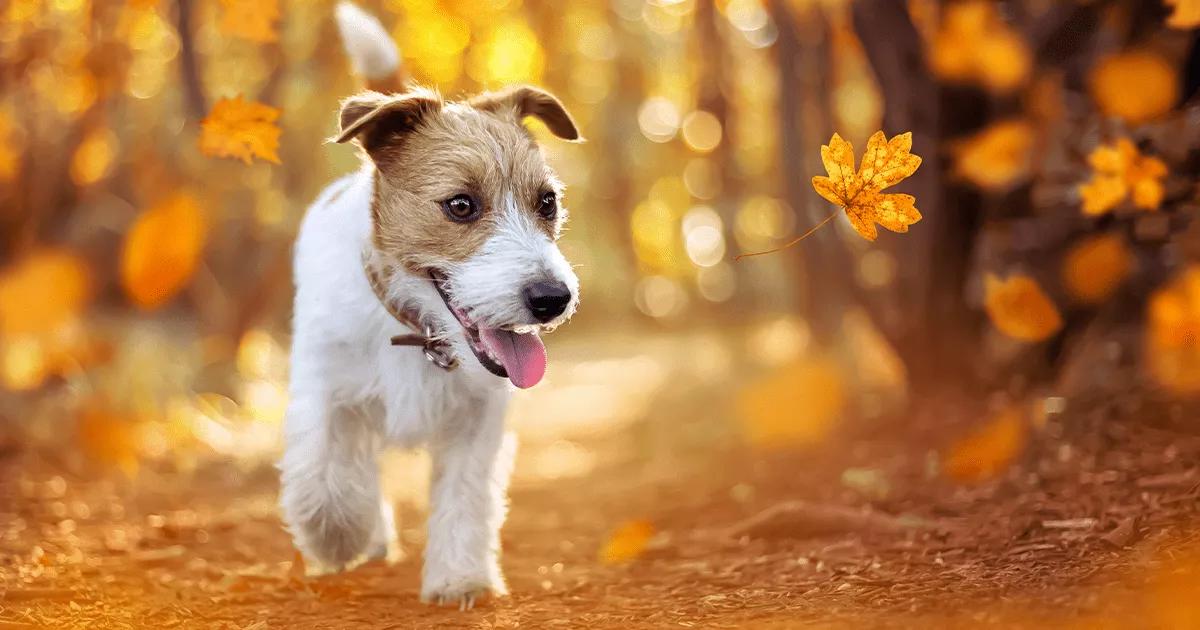
Stay Visible
If you are happy walking your dog in autumn, then great! Just remember that autumn can be a lot darker than summer. While you can limit yourself to walks during the day, it pays to ensure your dog is visible in the dusk too. As well as wearing reflective clothing, you should use a reflective harness or collar for your dog, or alternatively add a light to their collar.
You could also consider a reflective jacket. ThunderShirt by ADAPTIL has a reflective strip around the neck section that makes it ideal for autumn – on top of being a great way to help dogs remain calm in potentially stressful situations.
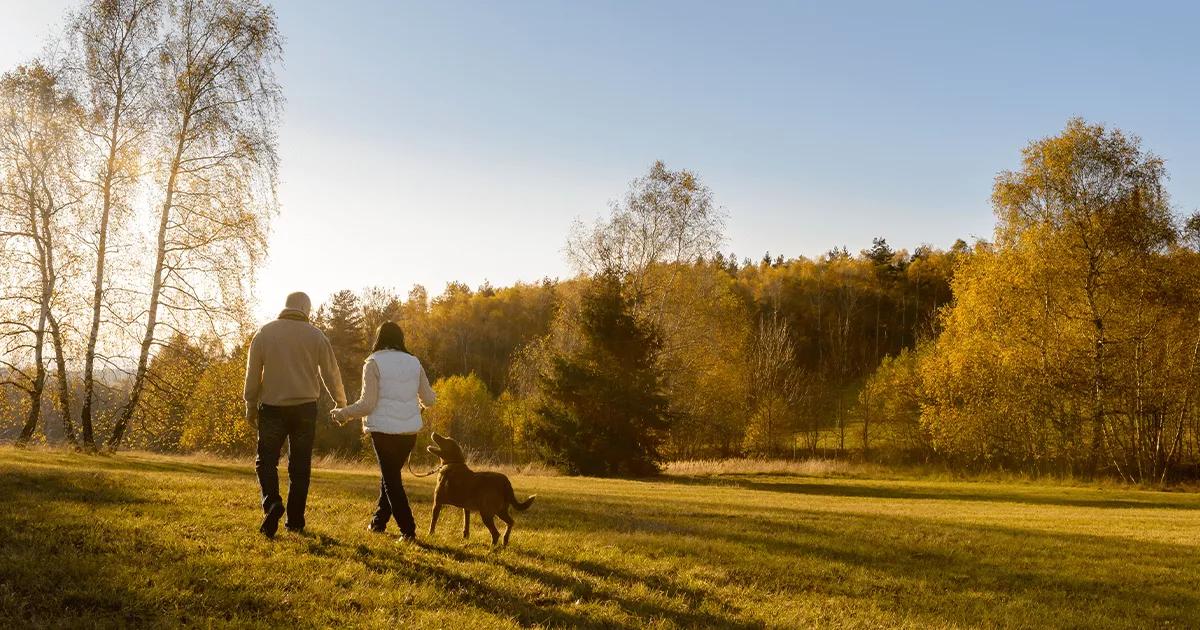
Keep An Eye On Your Dog’s Paws
Keeping an eye on your dog’s paws is particularly important in autumn as they may be coming into contact with a number of unexpected and hidden dangers. For example, dogs in autumn leaves may accidentally emerge with painful splinters. Remember to check your dog’s paws after every walk or trip outdoors.
You should also wash and dry your dog’s paws properly after any wet or muddy walks. This helps them to remain healthy, while early autumn is also a particularly dangerous time for blue-green algae that can bloom in stagnant water. On that note, remember to bring your dog plenty of fresh drinking water before heading out.
Protect Your Dog From Parasites
It can be tempting to think of ticks as a summer problem, but it’s still possible to encounter them in autumn. Likewise, fleas love coming into our warm, cosy, centrally heated homes! Keep an eye out for any parasites on your dog’s skin and, if needed, use a suitable treatment. If you’re unsure of the best way to remove ticks and fleas, speak to your vet who will be able to give the best advice for your dog.
Remember that slugs and snails are also often more active in our gardens during autumn and that these can carry parasites that affect dogs. Pay attention to what your dog is eating and deter them from anything that could be harmful.
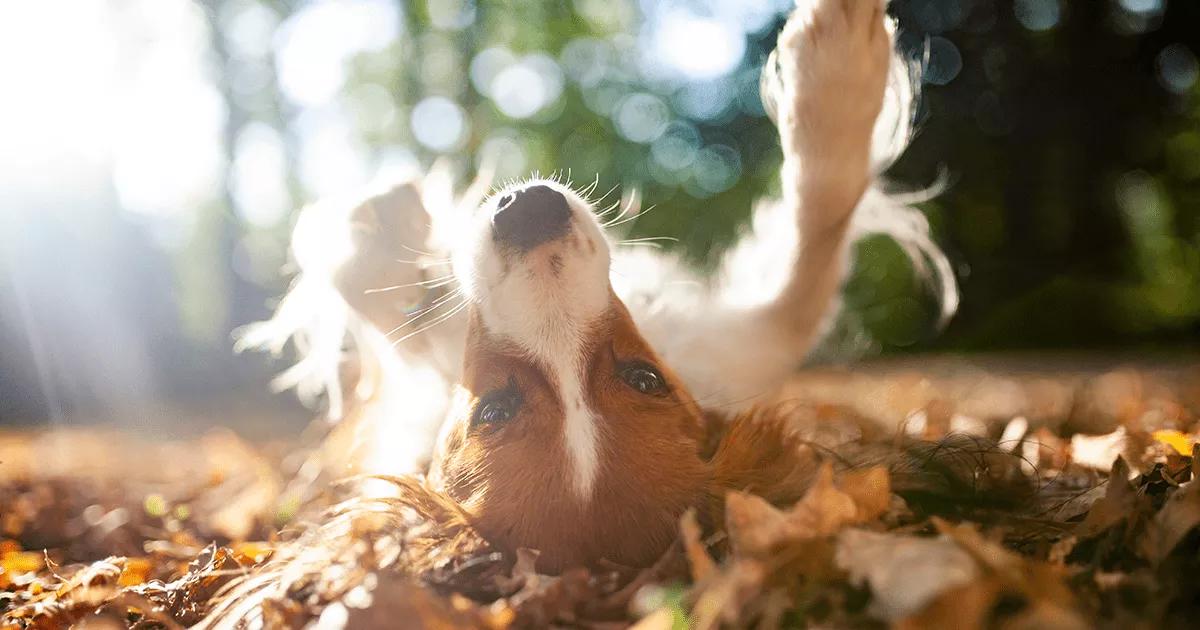
Be Careful Of Dangerous Vegetation
As the ground becomes adorned with fallen leaves, it’s essential to be aware that certain plants can also be harmful to dogs. We’ve rounded up a few of the more commonly asked questions from dog lovers below:
- Can dogs eat chestnuts? – While chestnuts may be a seasonal delicacy for humans, they can pose several risks to our canine companions. They aren’t toxic in their own right but can cause upset stomachs if eaten in large quantities, and can also be a potential choking hazard. If you do want to feed chestnuts to your dog, introduce them only as an occasional treat and watch out for any allergies or sensitivities. Cooked chestnuts are also better than raw, but avoid pre-cooked chestnuts that might have additives and seasoning.
- Can dogs eat acorns and conkers? – Acorns and conkers, on the other hand, pose serious health risks to dogs and should therefore be avoided at all costs. Acorns contain tannins and other substances that can be harmful to a dog, while conkers – also known as horse chestnuts – contain a compound called aesculin that is even more toxic still. Possible symptoms from a dog ingesting conkers can include drooling, vomiting, diarrhoea, abdominal pain, and in severe cases, tremors, seizures, and even paralysis. If you suspect your dog has ingested any acorns or conkers, it’s crucial to contact your vet immediately.
- Can dogs eat leaves? – Some leaves are safe for dogs and can even offer health benefits – perhaps answering the common question “Why do dogs eat leaves?” – but others can be highly toxic and harmful. On the whole, unless you’re absolutely confident that a particular leaf is safe for your pooch, you should avoid them being ingested. Even non-toxic leaves can cause gastrointestinal upset if eaten in enough quantity, while it’s often impossible to know if any leaves have been treated with harmful chemicals or pesticides. If you catch your dog eating leaves and you're unsure whether they’re safe, or if your dog is showing any signs of illness after eating leaves, you should contact your vet.
- Can dogs eat mushrooms and fungi? – Mushrooms and fungi are at their most prevalent in autumn, so it’s important to be informed of the risks. Most species of fungi are not toxic to dogs, however, a rare few can be harmful. It’s best to try and avoid your dog ingesting any to be on the safe side.
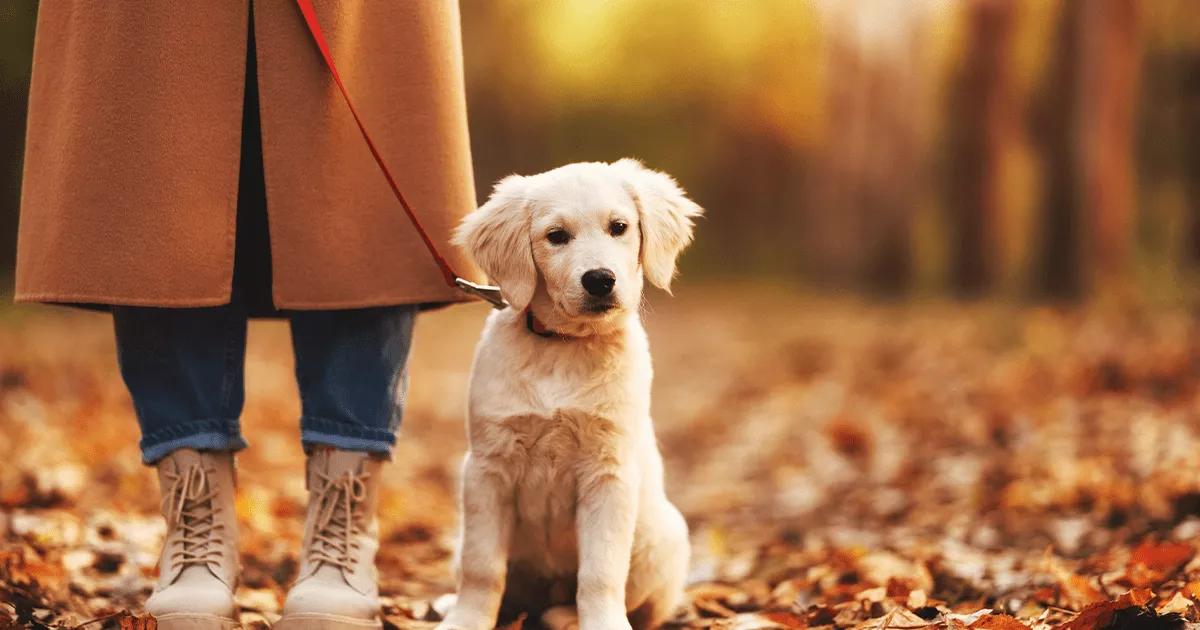
Prepare For Autumn Events
The onset of autumn means it’s not long until Halloween and fireworks. Unfortunately, many dogs are often scared of fireworks, so this can often be a time of fear and anxiety. With that in mind, it pays to have a plan.
The first step is to create a safe place in your home. Fill a suitable spot – preferably where your dog likes resting anyway – with comfortable blankets and bedding. Next, add their favourite toys as well as a few distractions. This will all help to create a calming environment, reducing your dog’s anxiety.

To take this further, you could try playing some calming music for dogs, as well as using an ADAPTIL Calm Diffuser. ADAPTIL products have been clinically proven to help reduce signs of fear in dogs such as trembling and hiding. For the best results, plug in your ADAPTIL Calm Diffuser at least seven days in advance.
Are you looking for further tips and advice for caring for your dog in autumn? Or would you like more information on ThunderShirt by ADAPTIL or ADAPTIL Calm Diffusers? Get in touch and we’ll be happy to share all the advice we can! We also have an online quiz which is a great way to find which of our products will work best to help your dog cope in stressful situations. To stay informed with our latest guides, Q&As, and general tips, don’t forget to sign up for our newsletter!
